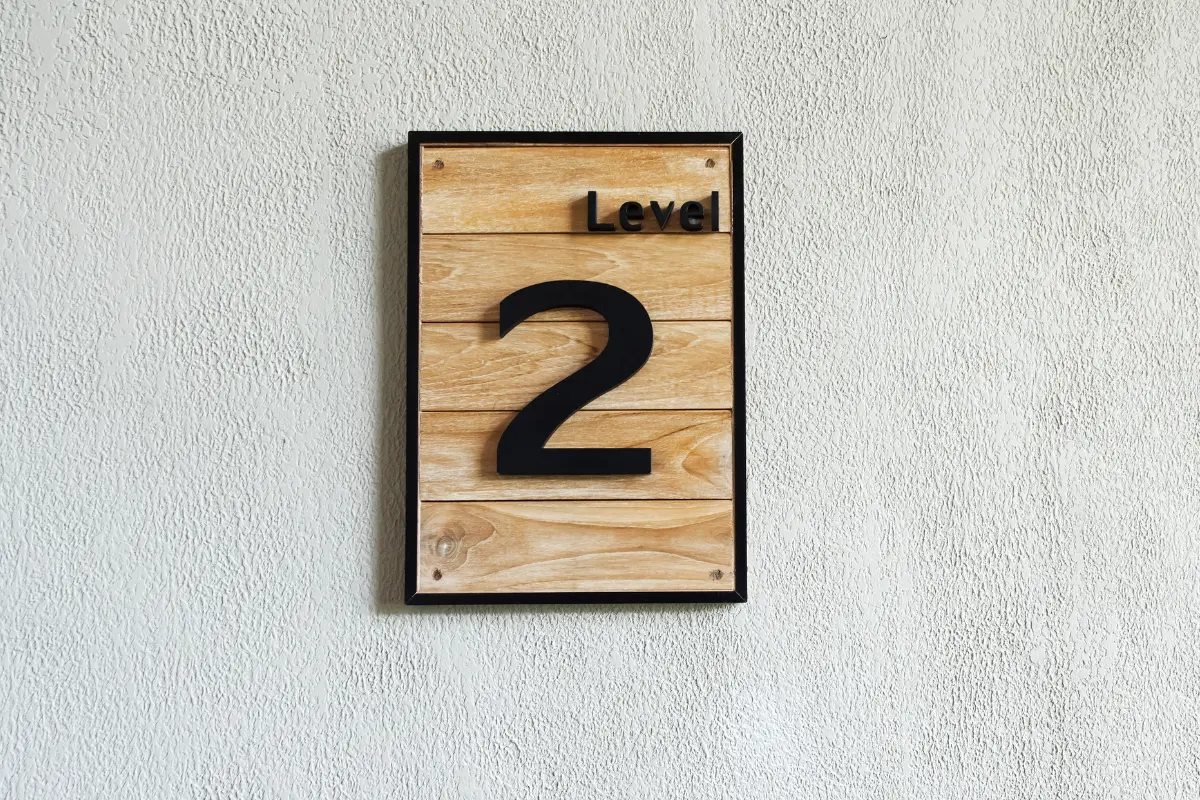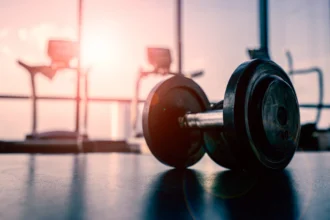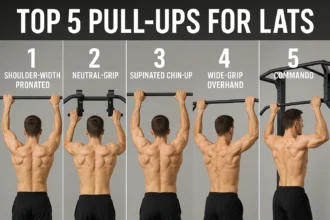Level 2 gymnastics serves as a pivotal stage in a gymnast’s development, bridging the foundational skills of Level 1 with the more complex routines of higher levels. This level emphasizes mastering basic techniques across all four apparatuses—floor, balance beam, uneven bars, and vault—while introducing new elements that challenge strength, flexibility, and coordination.
Vault
At Level 2, gymnasts build upon the skills learned in Level 1, focusing on increasing height and control during the vault.
Vault Skill Requirements for Level 2
At Level 2, gymnasts are required to perform two vaults:
- Jump to Handstand on Raised Mat Surface (Minimum Height: 16 inches)
- Execution: The gymnast runs toward the vault, performs a hurdle onto the springboard, and jumps into a handstand position on a raised mat.
- Landing: The gymnast should land on their back in a flat position.
- Handstand Flat Back on Mat Stack
- Execution: The gymnast runs toward the vault, performs a hurdle onto the springboard, and jumps into a handstand position on a mat stack.
- Landing: The gymnast should land on their back in a flat position.
Both vaults are performed with a spotter and are evaluated based on execution, form, and control. The gymnast has 45 seconds after standing up from the first vault to perform the second vault.
Common Deductions
| Fault | Deduction |
|---|---|
| Balk (stopping mid-run or not using board) | 0.50 |
| Coach assistance during vault | 1.00 |
| Coach assistance after vault | 0.50 |
| Incorrect body position or form | Up to 0.50 |
| Failure to land in prescribed area | 0.30 |
Note: A second or third balk results in a voided vault. (source: gymnasticsontario.ca)
Balance Beam
At Level 2, gymnasts build upon the skills learned in Level 1, incorporating more complex elements and preparing gymnasts for higher levels.
Required Skills for Level 2 Beam
A Level 2 beam routine must include the following elements:
- Jump to Front Support Mount: A basic mount where the gymnast jumps onto the beam into a front support position.
- Arabesque to 30 Degrees: A balance skill where the gymnast lifts one leg behind them to a 30-degree angle, demonstrating flexibility and control.
- Pivot Turn (180°): A half-turn performed on one foot, showcasing balance and coordination.
- Stretch Jump: A jump with legs straight and together, emphasizing height and form.
- Cartwheel to Side Handstand Dismount: An acrobatic dismount that requires the gymnast to perform a cartwheel followed by a side handstand, landing on both feet.
These elements are performed on the low beam, as Level 2 routines do not require the use of the high beam.
Artistic and Performance Elements
While the primary focus at Level 2 is on skill development, routines also introduce basic dance elements:
- Graceful Poses: Incorporating poses like the arabesque to add elegance.
- Balance and Turns: Emphasizing control in balance-based movements such as the pivot turn.
- Jump Sequences: Including jumps like the stretch jump to enhance flexibility and control.
These elements help gymnasts refine their coordination and performance, preparing them for more complex routines in higher levels.
Uneven Bars
At Level 2, gymnasts build upon the skills learned in Level 1, focusing on increasing strength, coordination, and control during the uneven bars routine.
Uneven Bars Skill Requirements for Level 2
At Level 2, gymnasts are required to perform a routine that includes:
- Back Hip Circle: A fundamental skill where the gymnast swings backward around the bar from a front support position.
- Cast to Horizontal: From a front support, the gymnast pushes down on the bar to lift their body into a horizontal position, demonstrating strength and control.
- Underswing Dismount: A basic dismount where the gymnast swings under the bar and releases to land on their feet.
These elements are performed on the low bar, as Level 2 routines do not require the use of the high bar.
Floor Routine
In USA Gymnastics (USAG), Level 2 floor routines serve as a foundational stage for young gymnasts, typically around ages 5 to 7. These routines build upon the basics introduced in Level 1, incorporating more complex elements and emphasizing artistry and execution.
Floor Routine Skill Requirements for Level 2
A Level 2 floor routine must include the following elements:
- Cartwheel: A lateral movement that promotes balance and coordination.
- Handstand: Held for at least 1 second to build upper body strength and balance.
- Backward Roll: A backward somersault that enhances upper body strength and control.
- Bridge Kickover: A move that requires flexibility and shoulder strength, transitioning from a bridge position into a kickover.
- Split Leap: A jump with leg separation of at least 60°, demonstrating flexibility.
- Heel Snap Turn: A 180° turn performed in passé, developing balance and precision.
- Dance Elements: Including poses like the half-crown and curtsy, adding elegance and fluidity to the routine.
The routine should be choreographed to instrumental music, lasting between 1:00 and 1:30 minutes.
Artistic and Performance Elements
While the primary focus at Level 2 is on skill development, routines also introduce basic dance elements:
- Graceful Poses: Incorporating poses like the half-crown and curtsy to add elegance.
- Leap and Split Jump: Including a leap sequence followed by a split jump to enhance flexibility and control.
- Balance and Turns: Emphasizing control in balance-based movements such as the pivot turn and handstand hold.
These elements help gymnasts refine their coordination and performance, preparing them for more complex routines in higher levels.
Additional Focus Areas
Beyond the specific apparatus skills, Level 2 gymnasts should also focus on:
- Form and Technique: Maintaining proper body alignment and posture during all movements.
- Flexibility: Increasing flexibility to perform skills with greater ease and control.
- Mounts, Jumps, and Acrobatic Skills: Strengthening mounts, jumps, and acrobatic skills to enhance overall performance.
Mastering these foundational skills sets the stage for more complex movements in higher levels.
Training and Progression
At Level 2, gymnasts typically train for 3 to 5 hours per week. This training focuses on mastering the skills required for Level 2 routines and preparing for the transition to Level 3. While Level 2 is an optional level for competition, it serves as an important developmental stage in a gymnast’s progression.
To move up to Level 3, gymnasts should master all of the Level 2 skills and demonstrate proficiency in executing them with proper form and technique.






